:format(jpeg)/cloudfront-us-east-1.images.arcpublishing.com/tgam/B6L2O5ZWE5CVVOREGSOIJHFURM.jpg)
She is everywhere, which sometimes is the same thing as being invisible.
She’s almost certainly jangling around in your pocket or purse right now, or tucked into your wallet. If you mail a letter, she might take it to its destination. Walk into any school, arena, Legion Hall or community building and chances are you’ll find Queen Elizabeth gazing out unflappably from a wall somewhere. Though, depending on the attention paid by the people who work there, it might be a decades-old version of her, washed pale by the sun.
Before she died in September at 96, the human being who wore the crown aged before our collective eyes exactly as we watch the real people in our lives stiffen and fade. But the official versions of her that we still live with every day are Dorian Gray in reverse, paused forever where she once stood.
What’s as ubiquitous as the monarchy’s stamp on Canada has a way of disappearing from sight. It’s like the old wallpaper in your parents’ house: perpetually there, staring you in the face for so long that it becomes invisible, ignored and essential at once. A choice made so long ago starts to seem more like an inevitability.
But that dusty regal wallpaper is not invisible or without meaning to everyone. Ask Canadians about the coronation, and some will reflect not on a distant institution, but on the very different and deeply felt things they see staring back at them: a troubling colonial legacy intertwined with proud family lore; a strange leftover in a country that still has some growing up to do; a fellow nation that made and broke a long-ago promise that still matters; or a security blanket of constancy in a roiling world.
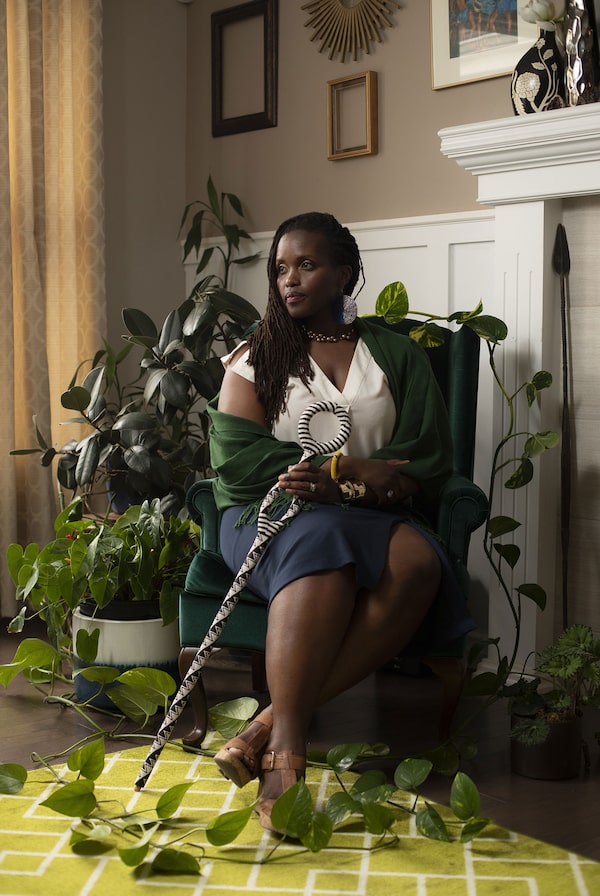
At home in Edmonton, Salome Asea holds a cane that belonged to her grandfather, a Ugandan diplomat who attended many state functions with the late Queen.Amber Bracken/The Globe and Mail
When Salome Asea was a young girl in Uganda, her grandparents had a framed photo of Queen Elizabeth and Prince Philip in their house. This was an obvious oddity in a Black home, but Ms. Asea remembers it mostly as an artifact of her own family’s story. Her grandfather was a doctor and later, Uganda’s ambassador to Washington and high commissioner in London, and in the course of that work, her grandparents attended many events with the Queen.
The photo, given as a memento, represents a tangle of complicated ideas. There was a personal “pride point” around the stature of those grand occasions, Ms. Asea says, and there was a professional relationship in which her grandparents were dignitaries advocating for Uganda’s interests. All of it was underpinned by the colonial dynamic.
“I think the experience of being colonized is ‘We rule your country now and we know what to do, we know better,’ which introduces the sense that you are not capable or able,” Ms. Asea says. “And so although we had our own societies, you have to answer to this other power now.”
Today, living in Edmonton and working as executive director of the Council of Canadians of African and Caribbean Heritage, she thinks of the monarchy along the lines of an extended family member with whom you have a difficult history. Most of the time, they exist at a blurry remove, but when they show up for the holidays, thorny feelings rooted in the painful past walk in the front door alongside them.
“And then when you remember why you no longer speak to them, then there comes that level of protection,” she says. “You can’t embrace it with your whole being, because you know that there’s been damage, so you have to be cautious in that situation.”
:format(jpeg)/cloudfront-us-east-1.images.arcpublishing.com/tgam/R3JIL5PCHBE2PABYS7YEV3XNBE.JPG)
:format(jpeg)/cloudfront-us-east-1.images.arcpublishing.com/tgam/YVG45DJKPZB6VGPJZQQ4GQ6E5Q.JPG)
Tom Freda’s early exposure to the Queen was scrutinizing her hair with a magnifying glass. As a kid, he collected coins, and the condition of Canadian coins is determined by the level of detail in the Queen’s hair, because the fine etching wears away first. He remembers noticing that where Canada displayed the Queen, other countries immortalized their own notable citizens.
As an adult, he’d see giddy monarchists on the news extolling the virtues of a constitutional monarchy during each royal visit. That wasn’t his view, and he figured other people had to feel the same, but no one was making the case publicly. So in 1999, after Australia’s republican referendum failed, Mr. Freda created a website called Monarchy Free Canada. He often got e-mails from people who were thrilled to find out there was a Canadian republican movement; Mr. Freda felt like he should apologize, because the movement was just him.
But eventually, Citizens for a Canadian Republic grew and evolved through different stages, from protesting during royal visits to their current focus on providing a counterbalancing voice in the media.
To Mr. Freda, Canada still being a constitutional monarchy is like one of those weird old laws people periodically realize are still on the books, just because no one bothered to change them. We decided long ago that we needed a Canadian flag without a Union Jack on it, he reasons, so the same logic should apply to our head of state.
“The perception is that Canada is not fully independent,” he says. “Canada has a head of state who isn’t chosen by us, is selected by birth, from one family that lives not just in another country, but on another continent, and in a castle, and they only visit here occasionally. What does that say about Canada?”
So what Mr. Freda sees when he looks at the monarchy isn’t the Royal Family at all. It’s us. “I see a country that has just been too lazy to take the last step to independence,” he says. “This is a matter of will, of laziness that we just don’t care enough about our Canadianness to feel that this is important.”
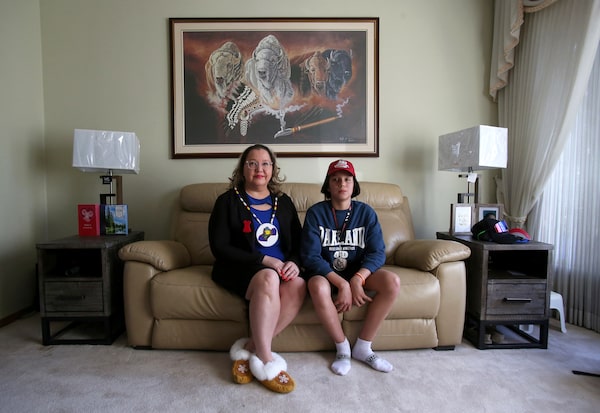
Cindy Woodhouse and her son, Kyler Nepinak, are descended from one of the chiefs who signed Treaty 2, the 1871 pact between Canada and Indigenous nations in what is now southern Manitoba and Saskatchewan.Shannon VanRaes/The Globe and Mail
To Cindy Woodhouse, Assembly of First Nations regional chief for Manitoba, the monarchy is the entity with which her people made co-operative agreements 150 years ago. She looks at the British Crown as one nation would regard another. “We have a relationship with them, a treaty relationship, for as long as the sun shines, the grass grows and the rivers flow,” she says. “These are our treaty partners.”
By their nature, treaties have no expiry date, she says, and while there have been myriad violations over time, that does nothing to negate the legitimacy and importance of these nation-to-nation compacts.
She’s a descendant of Chief Richard Woodhouse, who signed treaties with the Crown and in 1871 received a medal to commemorate the agreements. The treaty medal has been passed down through Ms. Woodhouse’s family and now belongs to her 12-year-old son, Kyler, who will wear it when he travels to London with her as part of a delegation attending coronation events.
Ms. Woodhouse is hopeful that King Charles, with his demonstrated interest in Indigenous issues and friendship with Perry Bellegarde, former national chief of the AFN, might represent a reset in the uneven relationship between their nations.
When she speaks about the monarchy to media, she wears a replica of her family’s medal. It depicts Queen Victoria on one side and on the other, a British dignitary and First Nations chief shaking hands. What Ms. Woodhouse sees is two men standing on level ground, each inhabiting their own space and reaching equally toward one another.
“That’s the history that I see, that we were to be balanced with each other,” she says. “And it hasn’t always been so.”
:format(jpeg)/cloudfront-us-east-1.images.arcpublishing.com/tgam/364MVATXVJEGVDNUGJKDUCU6GE.JPG)
:format(jpeg)/cloudfront-us-east-1.images.arcpublishing.com/tgam/YEDBWWXN3ZEA5JKAHD6J6I3ABM.JPG)
Robert Finch considers himself a fiercely patriotic Canadian, and he looks at the monarchy as no different than a Maple Leaf flag fluttering in the breeze or a syrup-soaked Canuck cliché like the beaver. “It just sort of underscores the Canadianness of it. I don’t see any sort of controversy associated with it, I don’t see anything that’s foreign about it,” he says. “In some ways, if I didn’t see it, I would be a little more surprised.”
In his role as chairman of the Monarchist League of Canada, the omnipresence of the monarchy registers as something else: constant free advertising.
The older he got, the more Mr. Finch found himself admiring the Queen for the way she embodied duty and responsibility. Of course she enjoyed a life of enormous privilege, he’s careful to note, but it wasn’t hers to live as she wished – which almost certainly would have been mucking about in the country among her horses.
But his deeper appreciation for what the monarchy provides is steadiness in a world that seems to blow up and remake itself every few months.
Like Ms. Asea, he uses a family analogy to explain. Families undergo all sorts of change and uncertainty: marriages end, people quarrel, jobs change. In the larger world, there’s war, economic upheaval, various crises and scandals. But in both cases, you have the matriarch who stitches everyone together and keeps them there.
“There’s always the one thing that you can kind of fall back on and say, ‘Oh, there’s a little bit of reassurance, of stability’ if things look insane,” he says. “That was the Queen. I mean, she was always there.”
Elizabeth was Canada's head of state for just over 70 years.Ammar Bowaihl/The Globe and Mail
The woman beneath the crown is gone now. It turns out that even people who seem to transcend time one day no longer do.
And yet in many ways, the essential quality of the monarchy is a certain stolid persistence. It might be difficult to make peace with because of the accompanying baggage, or baffling because it seems like a pointless anachronism, or frustrating for how it’s fallen short, or comforting ballast in a tumultuous world. But each of those reactions is about an entity that is just implacably itself, trundling along in its red velvet robes, a long-ago choice made inevitable.
This is, after all, an institution that drags out a 335-pound hunk of sandstone called the Stone of Destiny each time there’s a coronation.
Given that the entire hiring process is the randomness of birth in an unbroken bloodline, perhaps the entire point of the monarchy is that you can feel however you like about the particular head wearing the crown at the moment or even the Crown itself, but that changes nothing. The monarchy isn’t Tinkerbell; it doesn’t need you to believe in it to exist.
Canadian flags and maple syrup surround portraits of Elizabeth at a 2018 citizenship ceremony in Ottawa.Justin Tang/The Canadian Press
There are only a few places in Canadian public life where the person embodying the monarchy has changed so far. If you come here from somewhere else, at your citizenship ceremony, you will swear to “be faithful and bear true allegiance to His Majesty King Charles the Third, King of Canada.” Appear before the Superior Court in certain provinces, and it’s now the Court of King’s Bench.
But the new face of the Crown is nowhere yet in this country – no official portrait of King Charles, no stamp, no effigy carving his gawky familiarity into a timeless profile fit for a coin and for history itself. No one seemed in a hurry to replace her with him, as though everyone knew that in terms of public esteem, it’s not a 1:1 exchange rate. She was an epoch in sensible heels, but he still exists in the mortal realm of messy tabloid stories.
But it will be a long time before the second Elizabethan era disappears entirely from Canada. Until a new engraving of King Charles is ordered by the federal government – she faced right, so by tradition he will face left – the Royal Canadian Mint will continue producing coins with the Queen’s profile.
Circulating coins last at least 25 years. So long after Queen Elizabeth has been consigned to distant memory, one of Canada’s most famous faces will still be a departed queen from across the ocean.
The thing about old wallpaper is that it tends to stick.
Coronation of Charles III: More from The Globe and Mail
In photos: Coronation fever in London
The Decibel podcast
Even if Canadians wanted to abolish their monarchy, as some do, the Constitution makes that almost impossible without opening a Pandora’s box of national-unity questions. Legal scholar Errol Mendes explains. Subscribe for more episodes.
Monarchy in Canada
Canada’s history in six coronations, from Victoria to Charles III
Charles III has work to do to cultivate ties with Canada, Governor-General says in interview
Time is right to scrap requirement to swear oath to the King, MPs and Senators say
Commentary
Vicky Mochama: This coronation marks the arrival of a generation. Yikes
Jennifer Robson: What’s the point of a coronation?
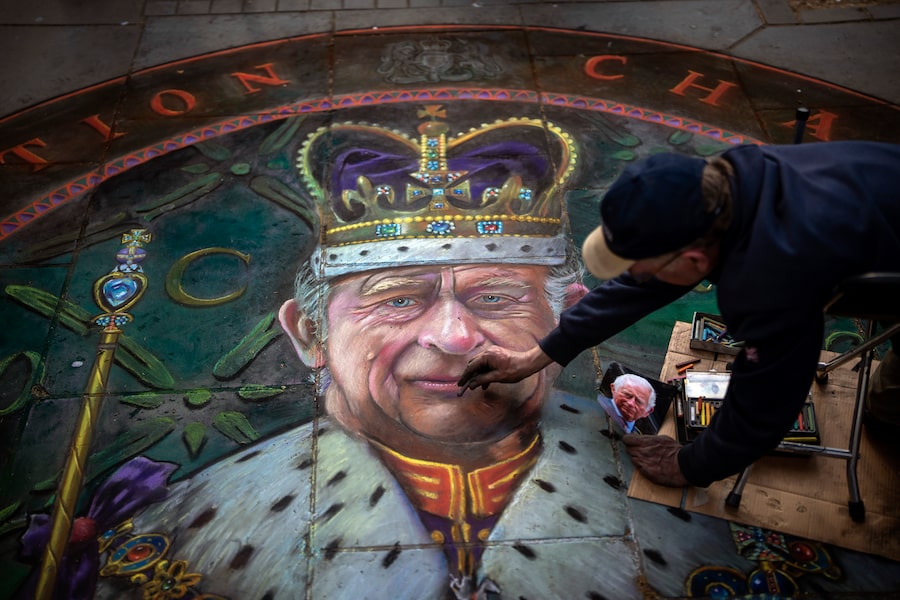
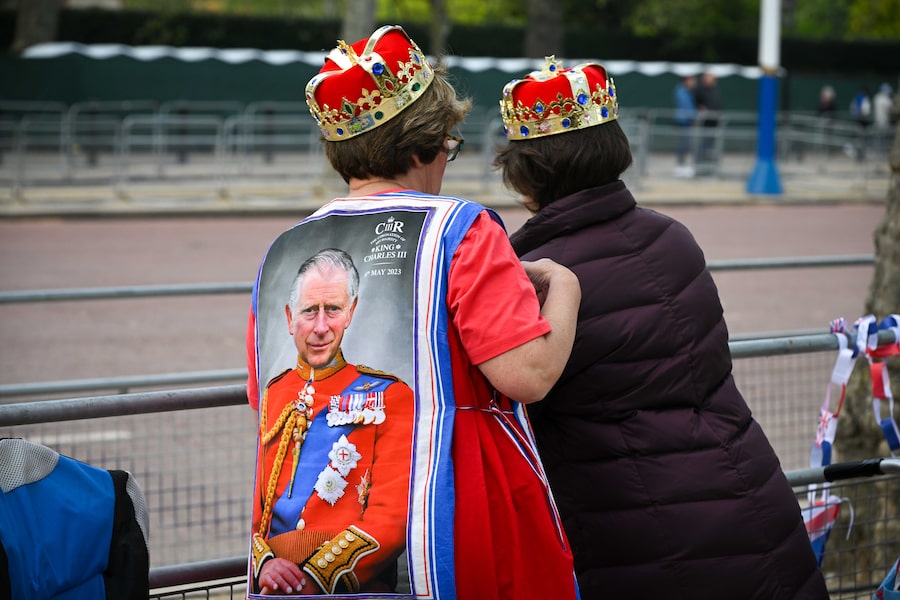
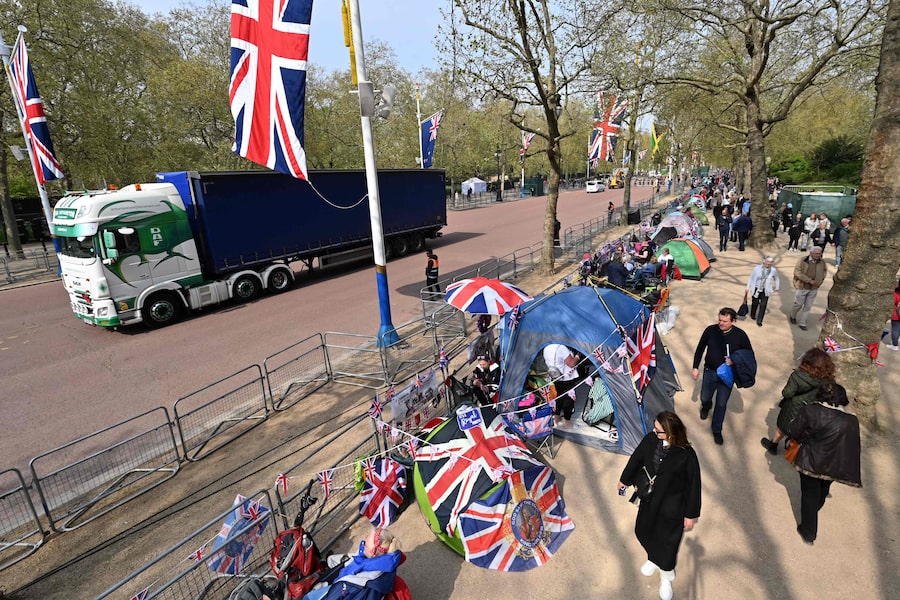
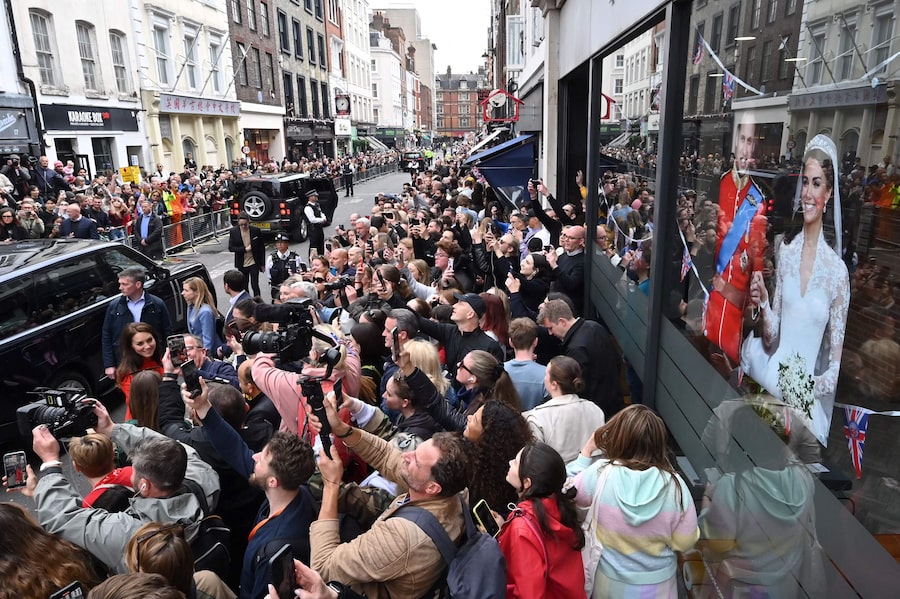
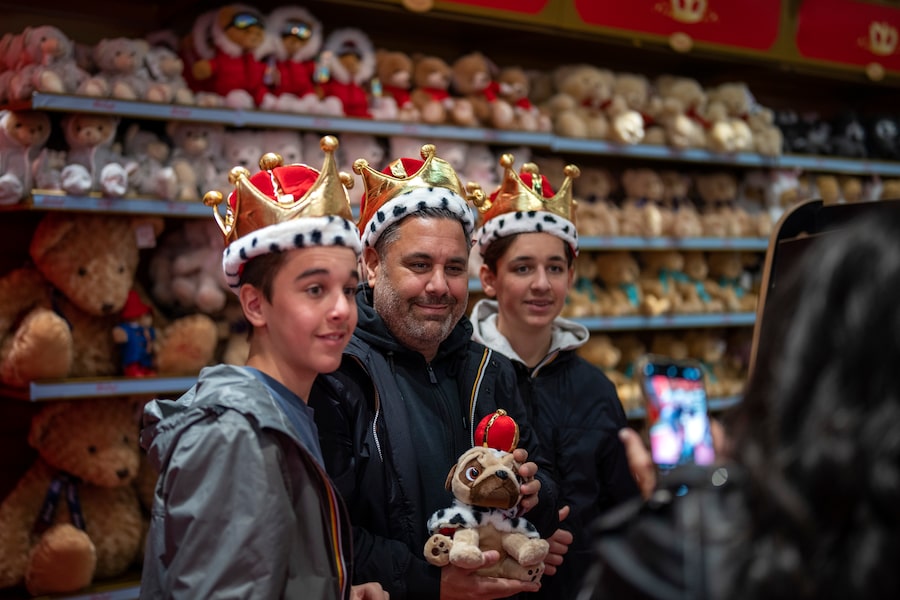
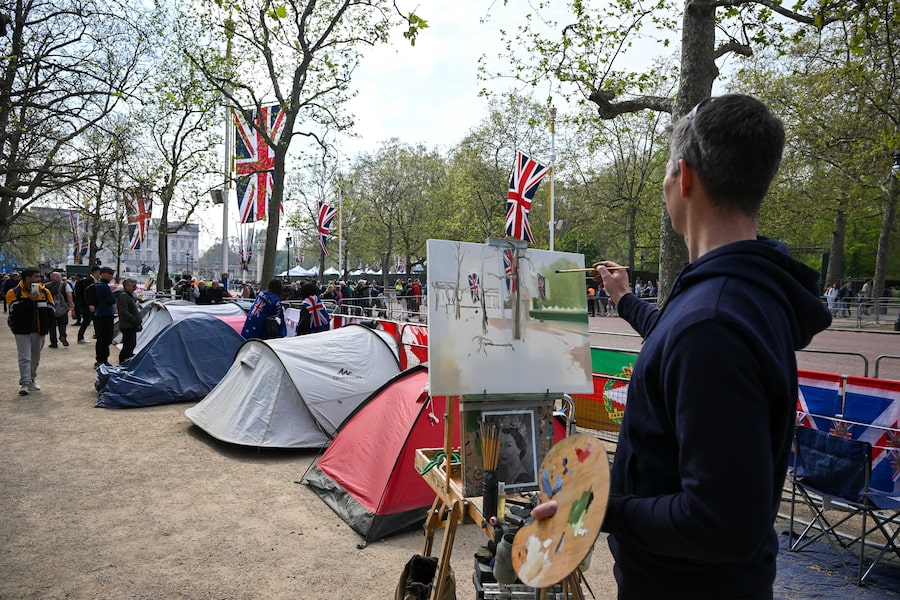
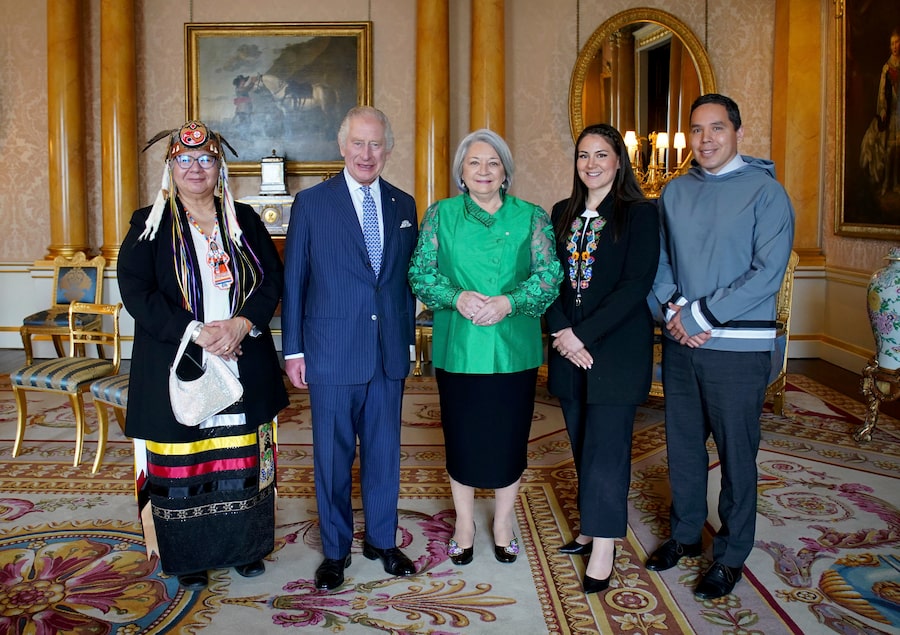

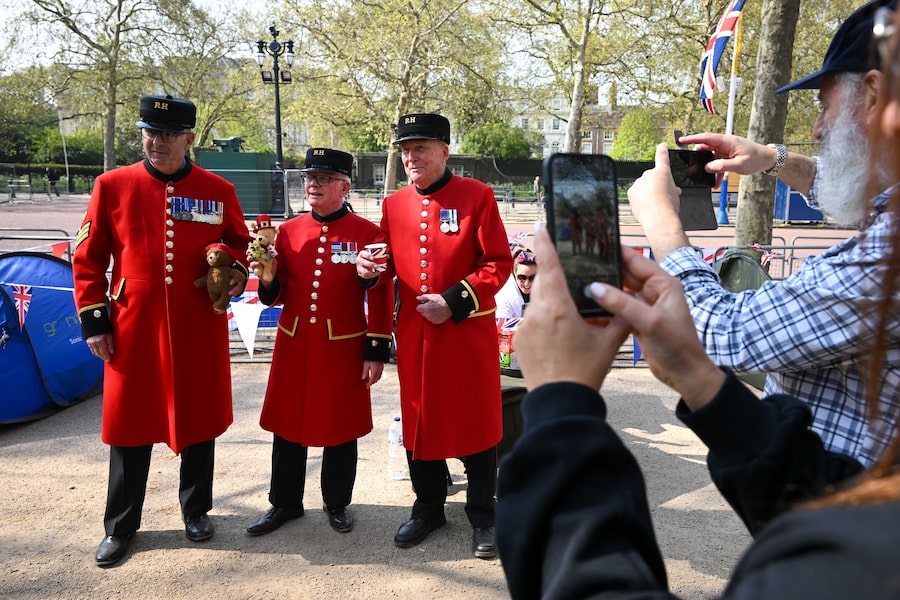
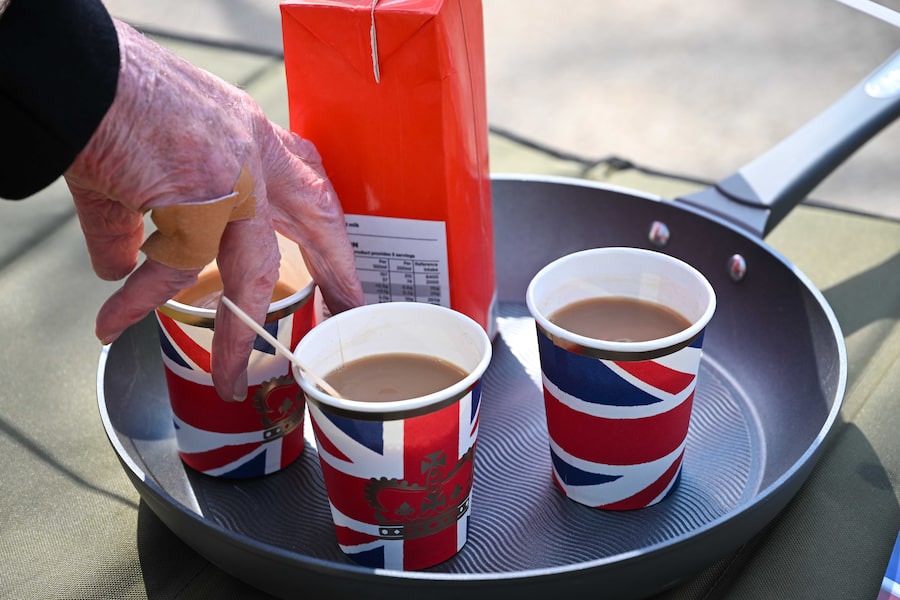
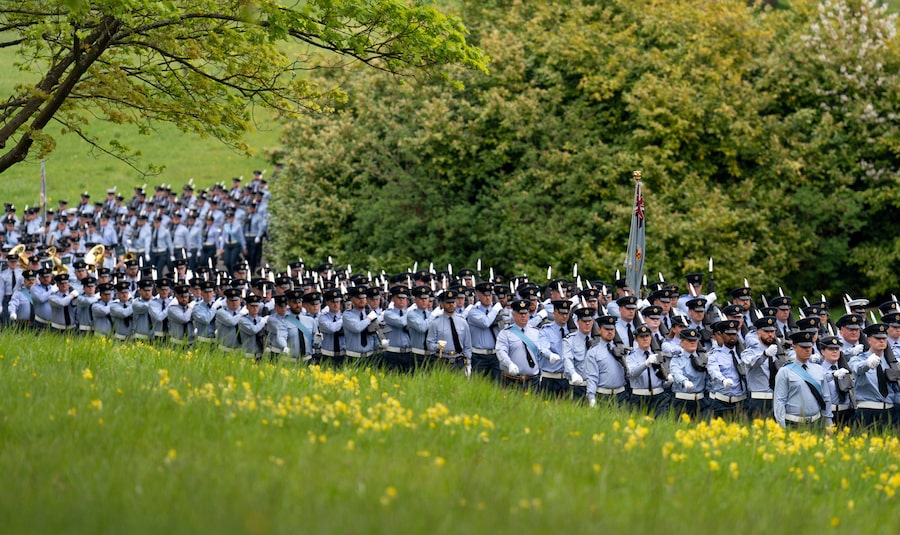
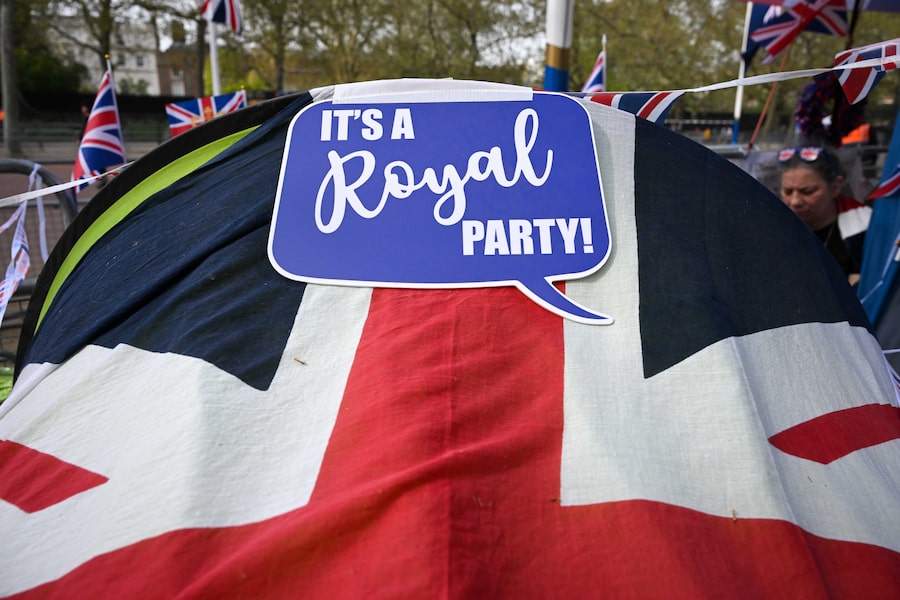
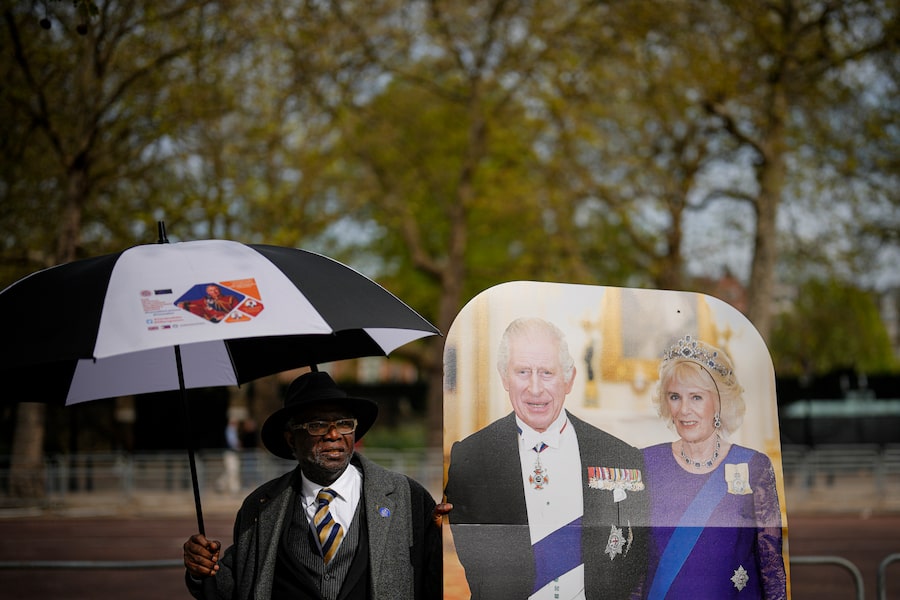

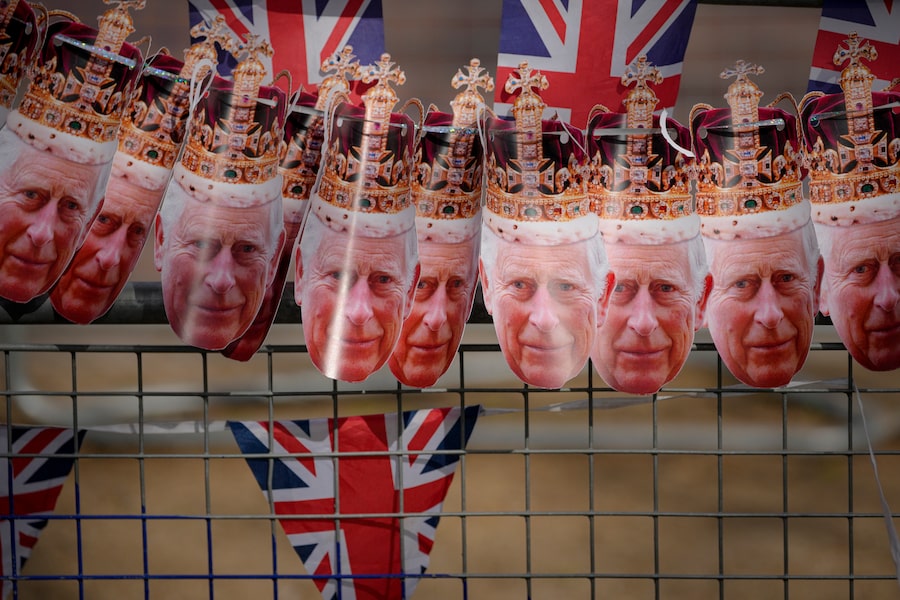
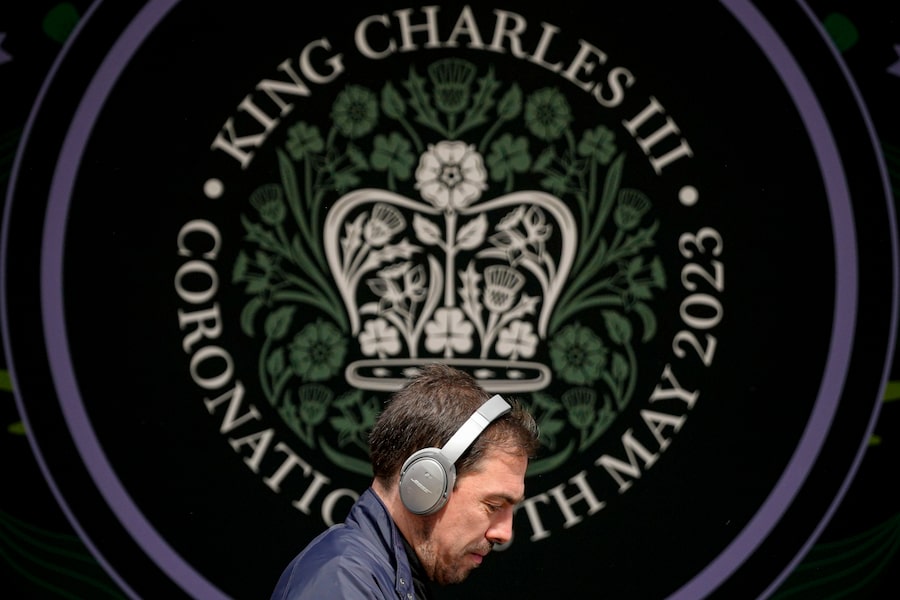
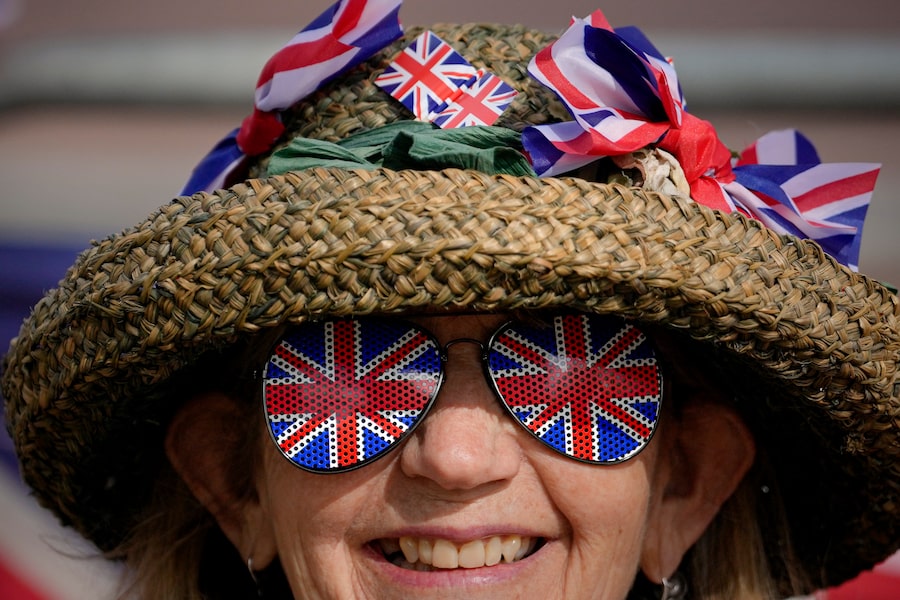
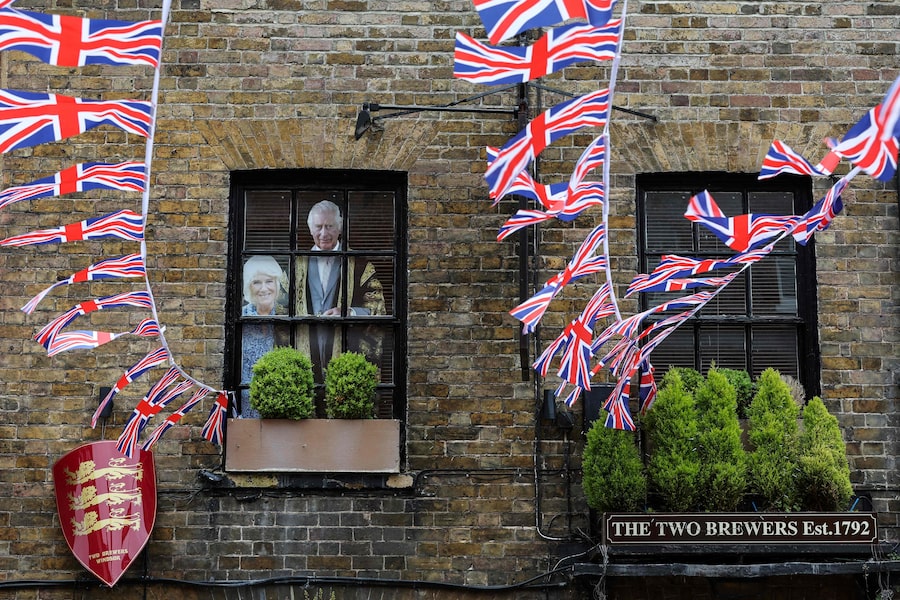
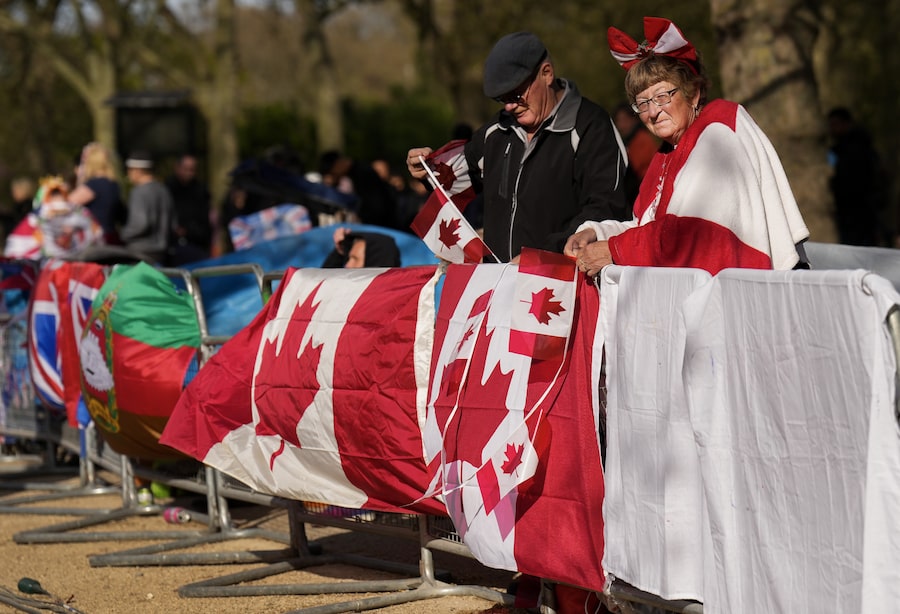
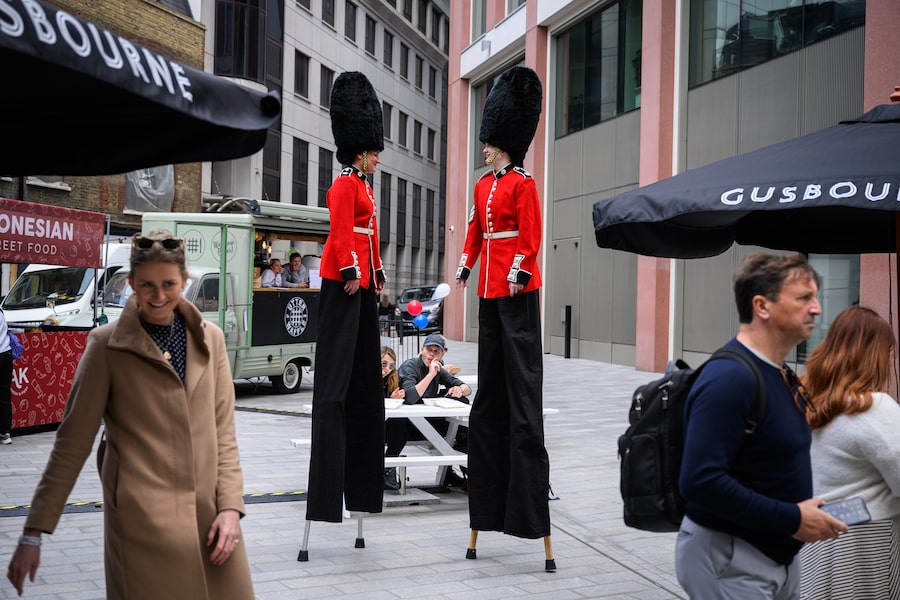
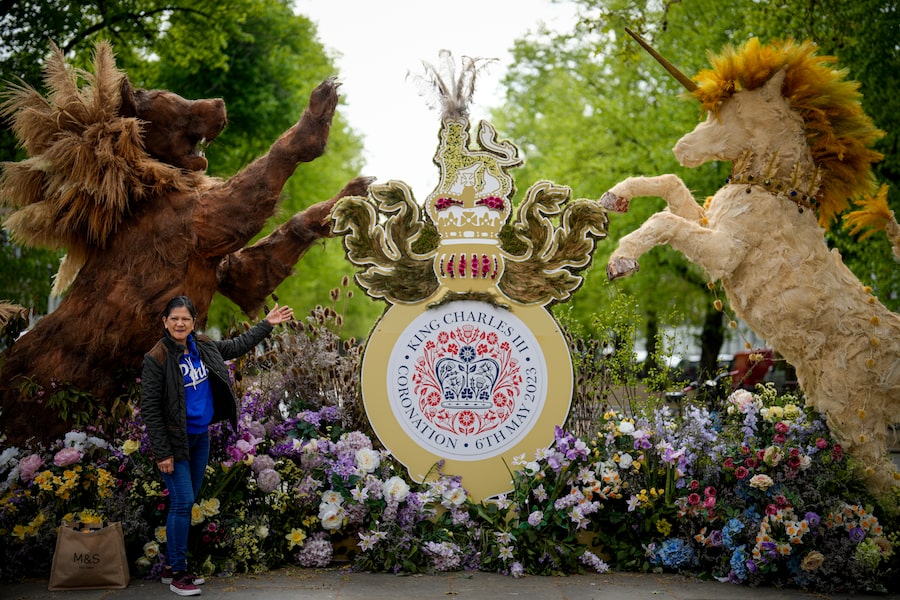
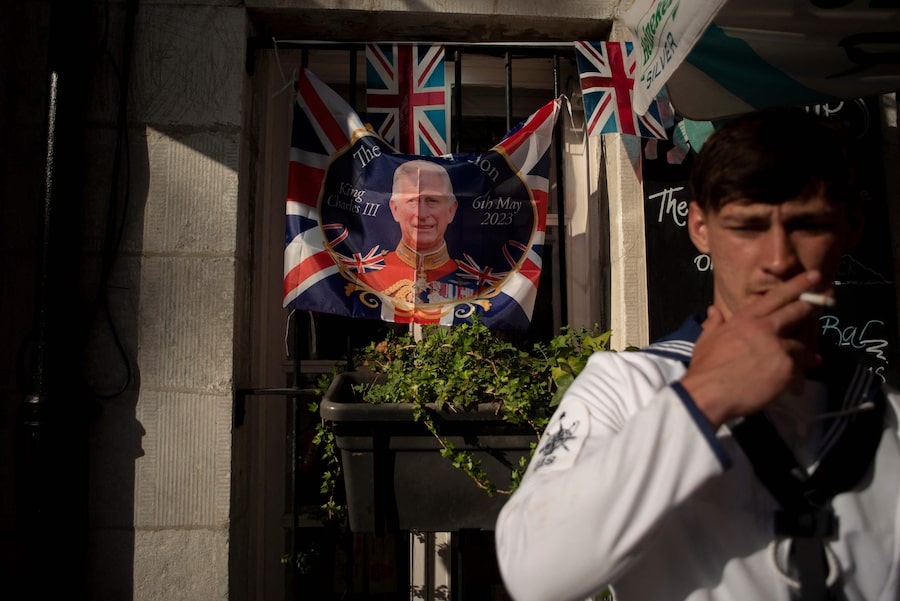
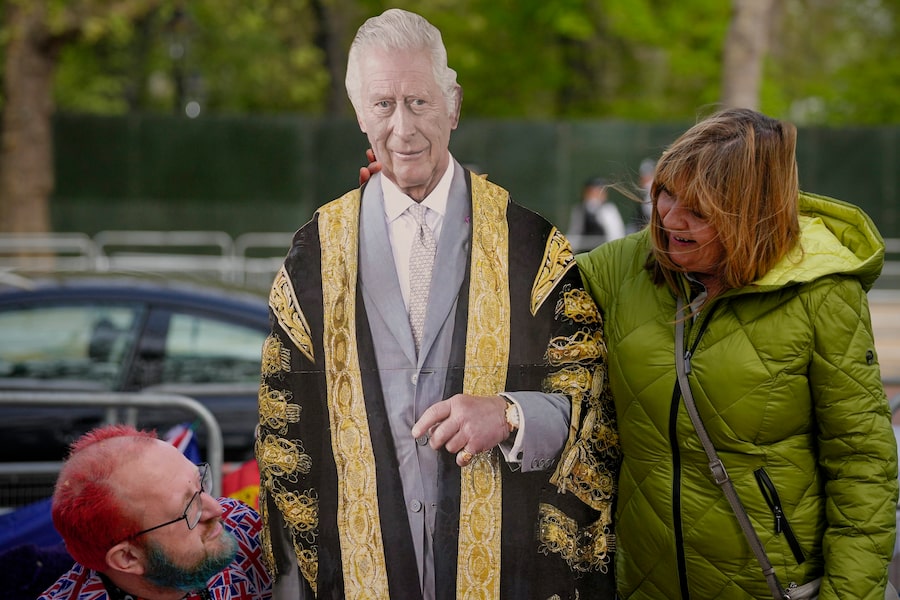
 Shannon Proudfoot
Shannon Proudfoot